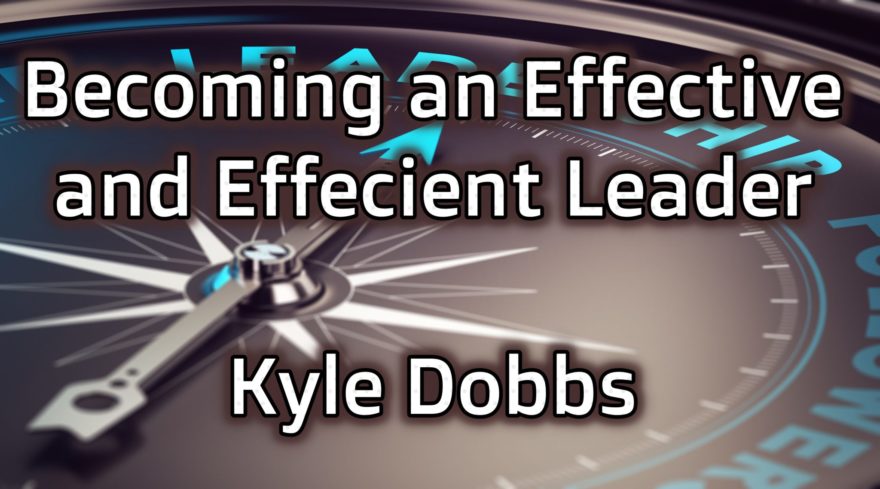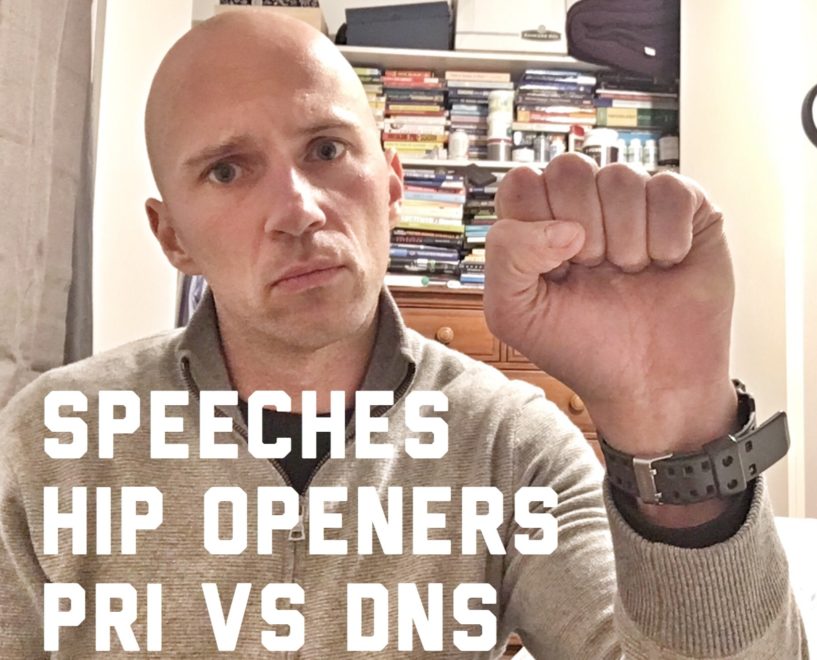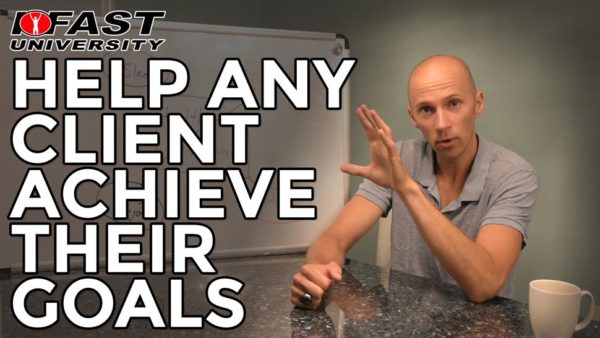Do you struggle setting up efficient systems so you can get things done? Do you have a hard time establishing and building a culture in your office or within yourself? Are you uncertain on how you best function in the workforce? Then you probably want to listen to today’s interview with Kyle Dobbs, who owns Compound Performance in Saint Louis, Missouri and this is his thing. Aside from being an awesome coach, he focuses with personal trainers, coaches, physical therapists, as well as gyms on building exactly what I just said: establishing the culture, making sure that leaders are in place in managing people effectively, making systems efficient so we can maximize revenue streams and results. And he talks a lot about personality archetyping as well in this very long but very awesome interview. I hope that you like it, I hope you get as much out of it as I did. And without further ado, let’s give Kyle Dobbs a shot.
Read More

